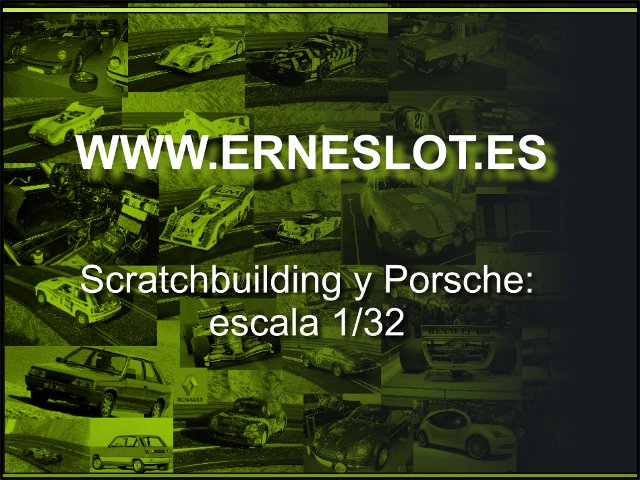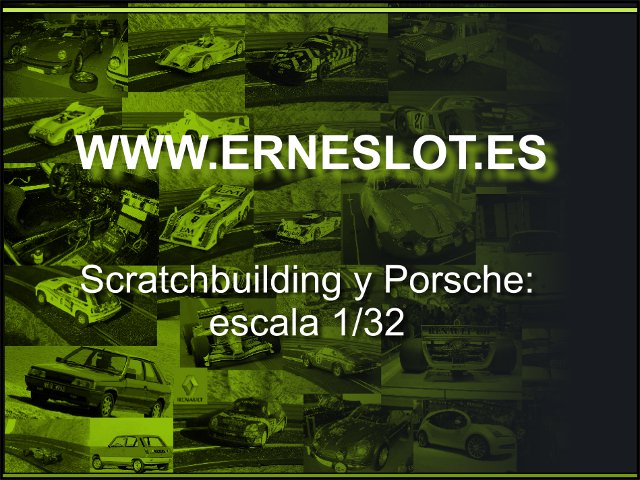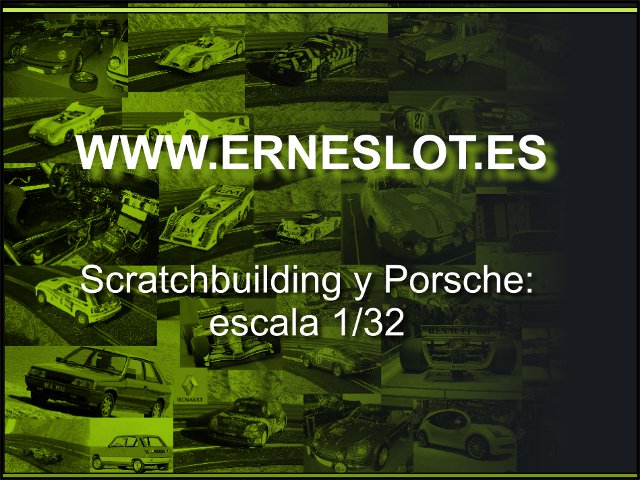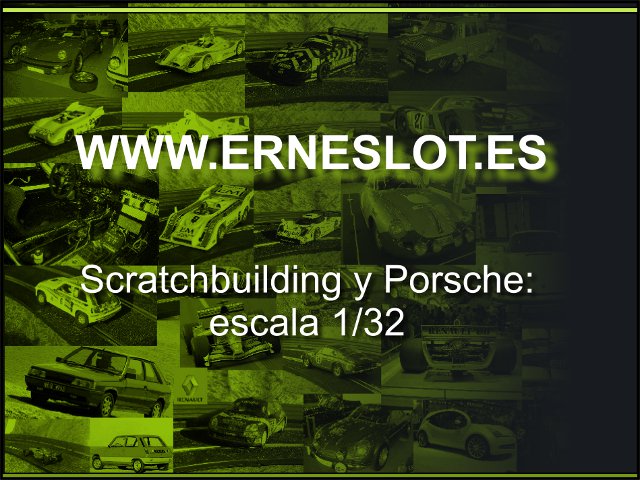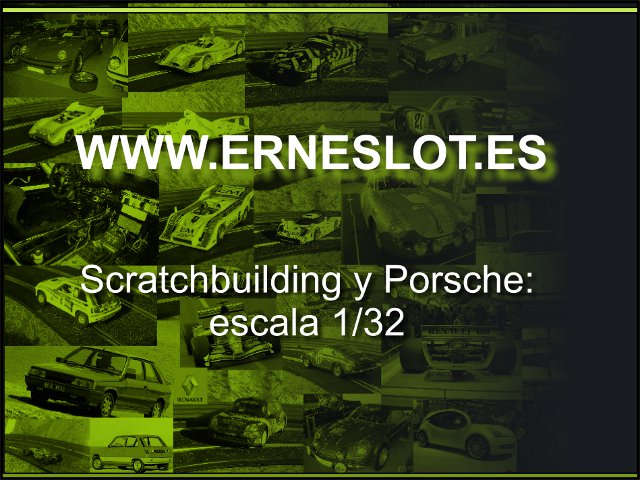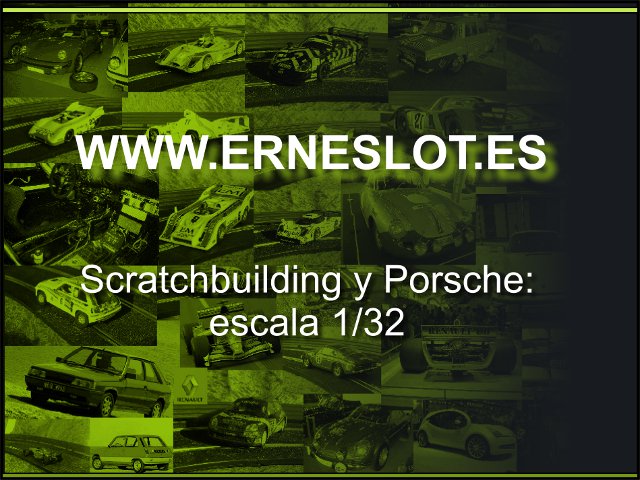Honker Ford II
The next car I present I met by chance on the Internet, it is a Honker Ford, one of the many cars that participated in the Can-Am back in the 60s. This car was designed by one of the engineers involved in the development of the Ford GT 40, Len Bailey, and was driven by Mario Andretti in 1967 in two races, fitted with a Ford engine. Not very successful car but its beauty is undeniable, like most, for my taste, the cars that participated in this competition. As a curiosity, this car appeared in a Paul Newman film. Here I leave some photos of the car taken from the following website http://www.conceptcarz.com
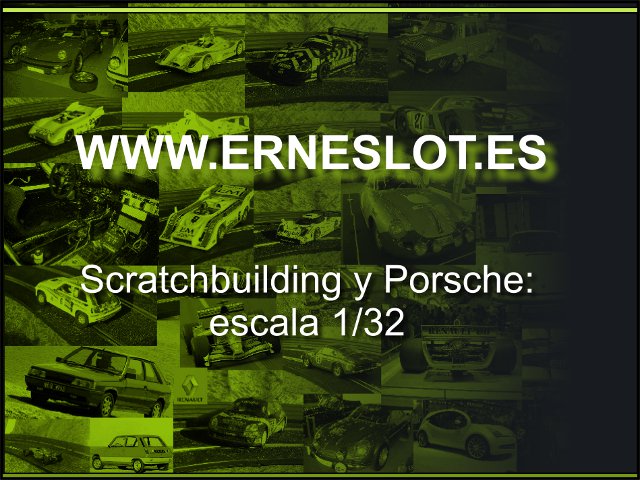
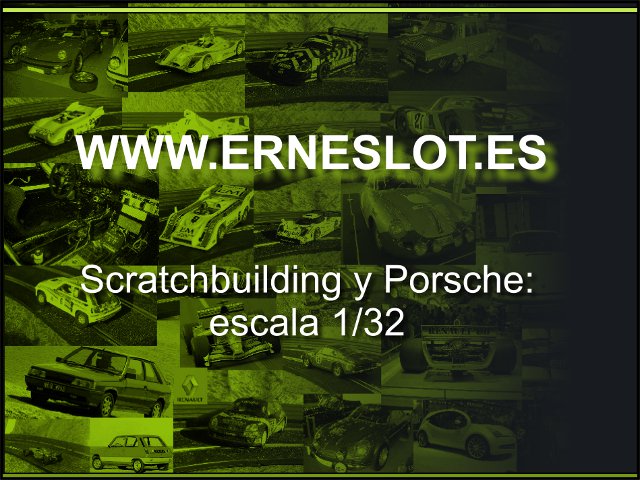
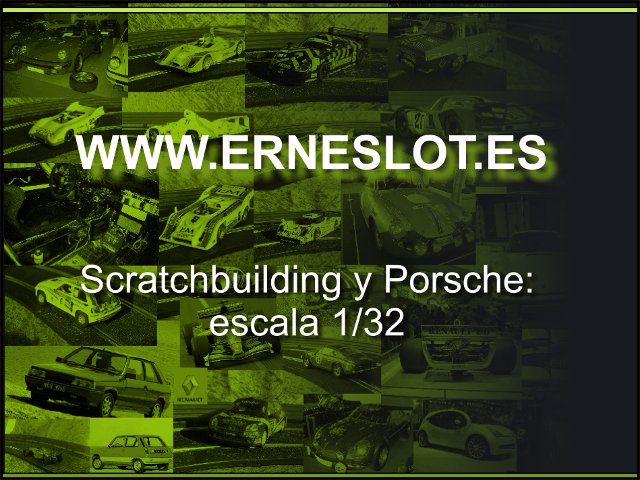
Like all the cars I do, the transformation has dilated months time, sometimes out of laziness, others to have multiple fronts (which is difficult to start and stop a car without getting in between another ...) and others for find complicated problems to resolve. Also in this case was accompanied by a problem, awhen I started the project was convinced that this was a roofless version of the Ford F3L, and as such I started to building it, so I left to start from a resin body of that car that was home for years:

The resin body was not bad but has a rather small size, the car really look like it has been quite small, which meant an additional challenge to me because I wanted to include a detailed interior like Fly Car Model slot cars, so that forced me to fit a chassis with a transversal rear engine and do filigree everywhere... As I like, I always start with the mechanical part and then turn to the transformation of the body itself, and in this case wouldn´t be different.
As I said, to make a full interior involved to place a tranversal rear engine, instead use a Ford GT40 Fly Car Model chassis, deeply modified, shortened to keep the wheelbase of the resin body, widened a bit for the connection with the bodywork to be as continuous as possible and elongated in the rear:
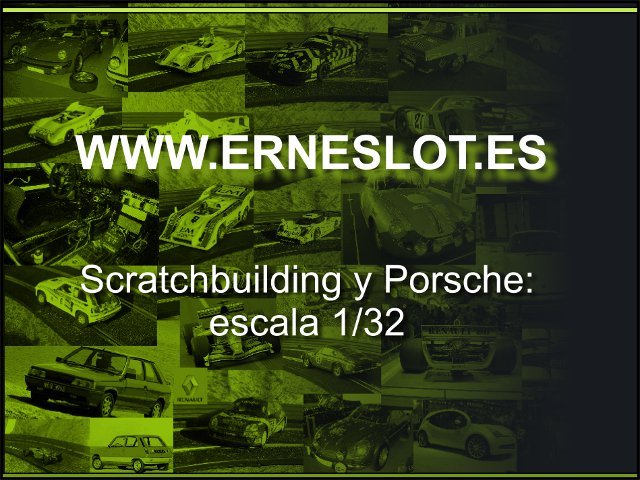
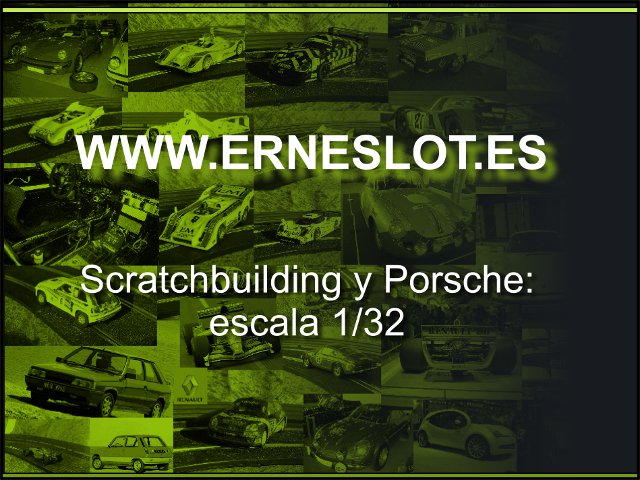

To attach it to the bodywork my favorite solution, bicomponent glued pins:

The next step was to modify the body. With a minidrill I cut the roof and with evergreen plastic sheets covered it where belonged, that it to say, the empty side of the engine and passenger compartment.
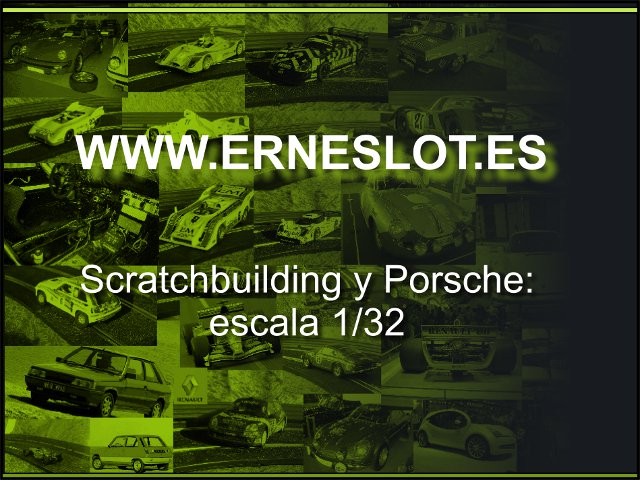
The photos also show the shapes bonnet air outtakes, which I fill with Nural 41 (bicomponent putty) and then poured carefully by file, to give the proper shape.
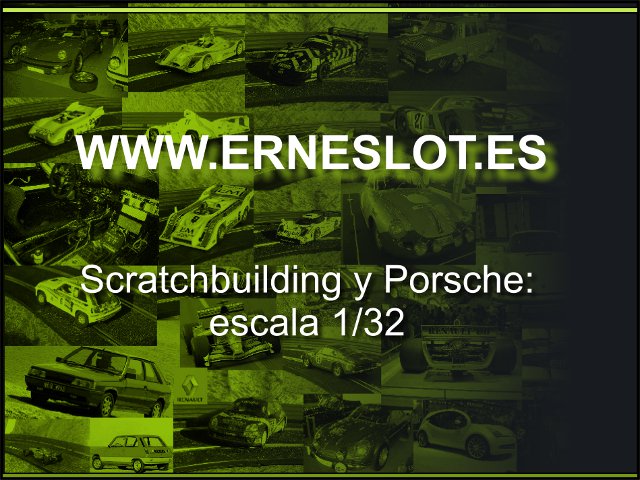
In the above picture can be seen open holes of the rear lights, the intention was to put four small leds for light, and also because they were too good for be rounded, but I discarded the idea of putting lights to the car.
The body shape was more or less done so I started work on the car interior, the intention was to do with depth and not just a flat tray. The work was not overly complicated, I drew the forms on plastic evergreen of 0.5 mm thick and then cut and paste them with bicomponent glue:

I took the dashboard of the resin kit because it had the right shape and, of course, fit perfectly into the bodywork.
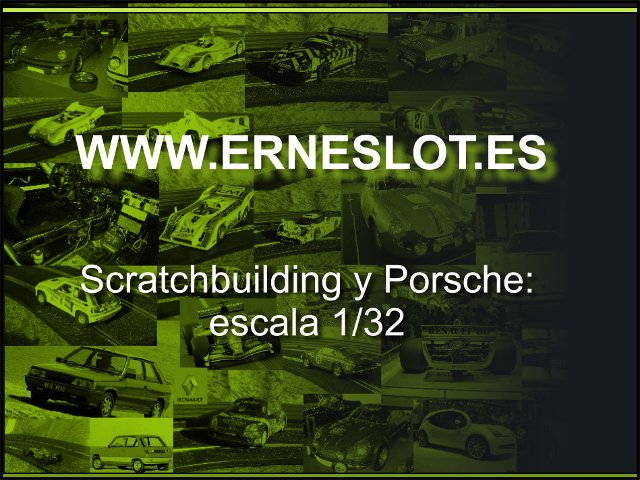
To attach the interior to the body, the solution was hitting pins below the cabin and screw it to the chassis independently of the body, at style of the Superslot Ferrari 330 P3. The work in question cost me very much because I had to adjust as best as possible to the body once placed and also because the engine had to get into the car without problems. More or less the car interior was bolted to the chassis as follows:
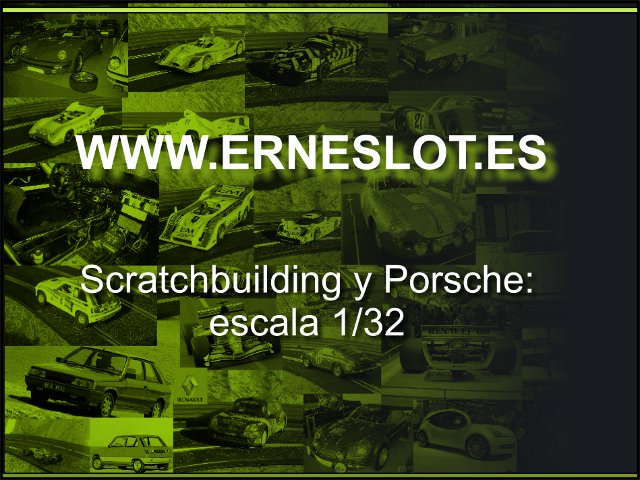
Continuing with the details also made the car engine. This set off a simulated Altaya GT40 engine who had at home and I modified it a bit with Nural 41 because it was a little short. The inlet trumpets were the most laborious of the whole engine. One by one, the tube was cut from a evergreen pipe to which was giving shape at one end with the hot tip of a Phillips screwdriver, slowly so as not to crack. Once they made, a few tweaks of sandpaper to finished the ledges and paste them on the simulated engine:
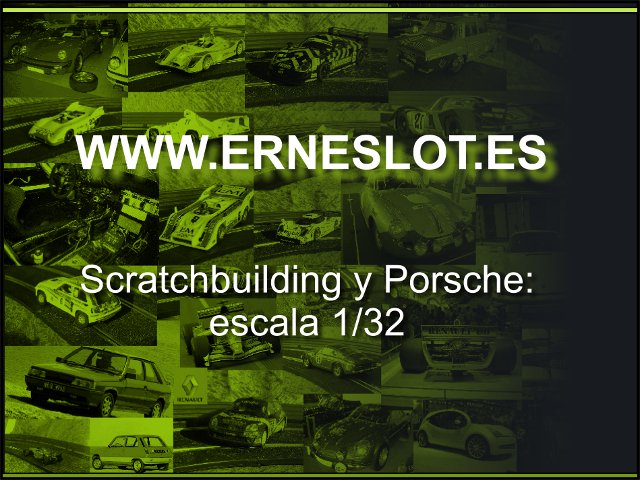
Once pasted the inlet trumpets I cut the simulated engine to get the right size and gave it a coat of enamel aluminium paint.
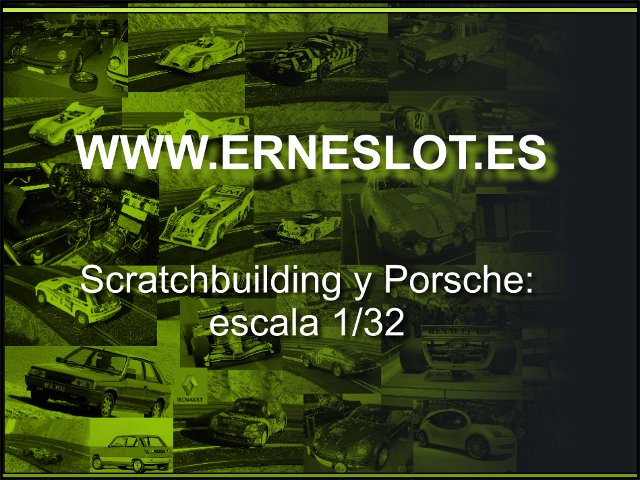
At this point is where the project took a radical change. I found online a bunch of photos of the model in question and I realized that this car really was not a roofless version of the Ford F3L/P69 but a different car, and searching and searching is when I found the "final document" to make the car as faithful to the real model, the blueprint of the model on page www.tutorials3d.com
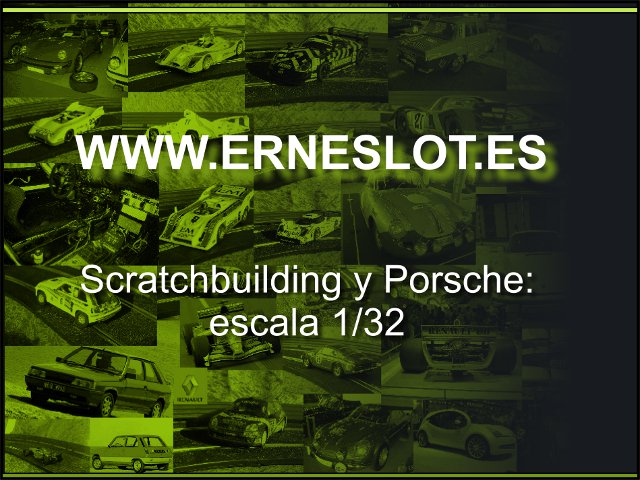
As seen, my car had good intentions but resembled the real model as an egg to a chestnut. My model was longer, with less rounded shapes in the rear wheel arches and a narrower and shorter nose.... What I did about this? I changed everything.
In the front I got the right length sticking evergreen strips 1 mm. thick plus putty.
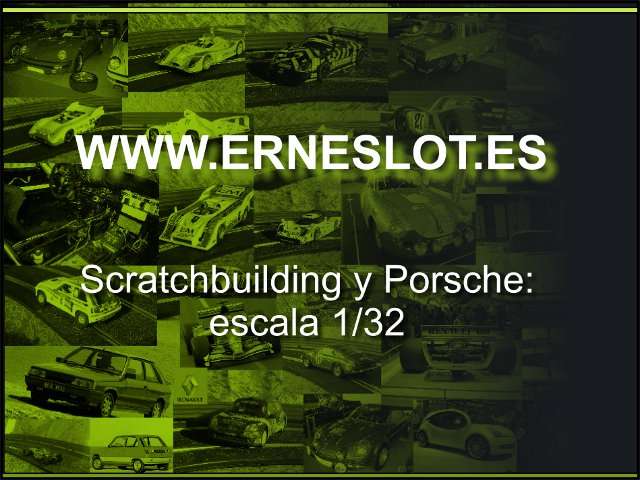
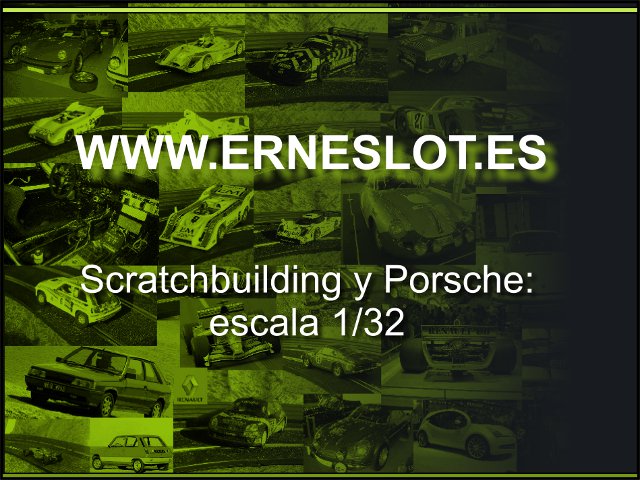
I also had to make the bonnet air auttakes with larger and more rounded shapes, as you can see in the picture above.
I cut the rear and reshaped again with Nural 41 putty, which forced me to modify slightly the chassis at the rear as it was a bit narrower and modify the rear wheel arches to give them more curvature
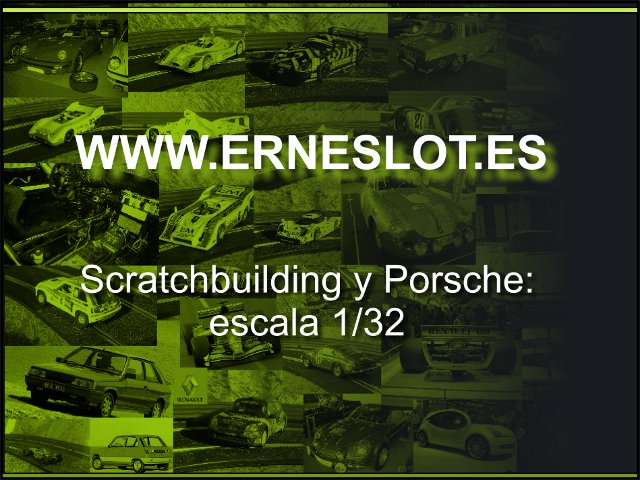
The result after this work could be more or less appreciated here:
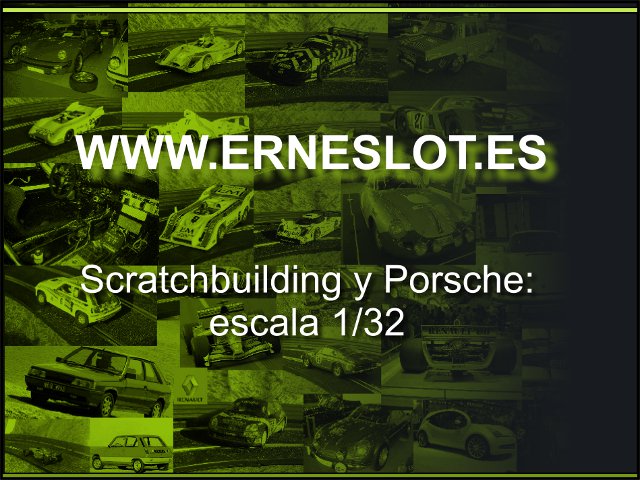
Now the car looked much more the real model, still lacked a lot of putty and sanding work but it was on the right way.
Virtually remained details to finish it, and one of them, and rather laborious, was the back with their unique shapes and especially the spoiler:

I started with the rear wing, first drawing it in cardboard until into the shape appropiate and then passing it to an evergreen strip of 0.5 mm thick.
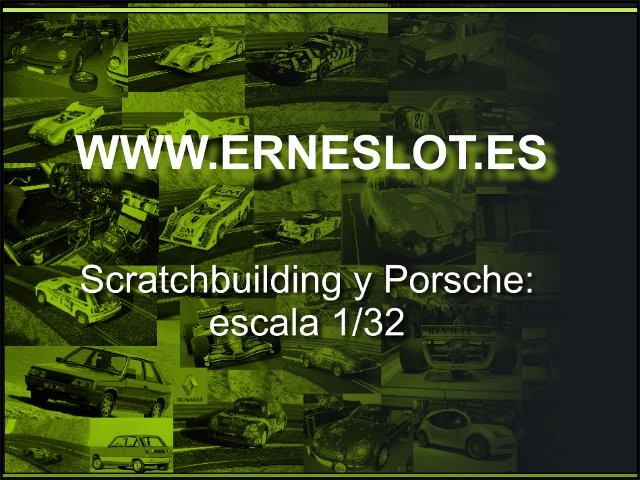
Once done just had to stick it to the body, first with cyanoacrylate and then reinforced with bicomponent glue.
For the grid behind the car I decided to make it simulated because otherwise had greatly complicated the construction of a model already complicated. I would have enough problems due to not properly planned the work from the begginig and could cause more havoc that arrangement. So I simulated the grid gluing small half-round shape plastic strips smoothly to make it more or less similar to the original model. A picture to illustrate:
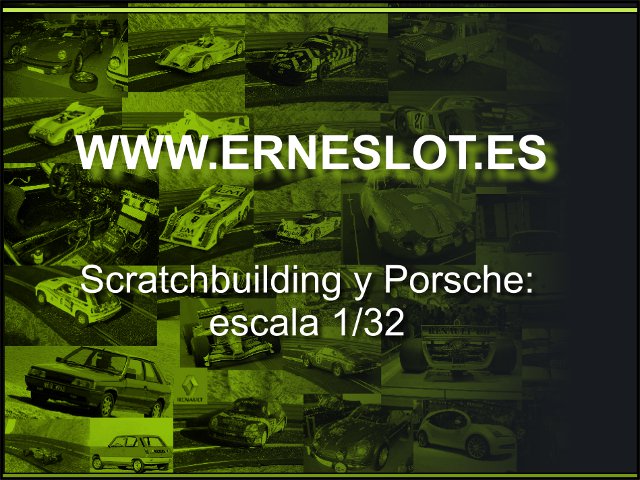
And one more picture:
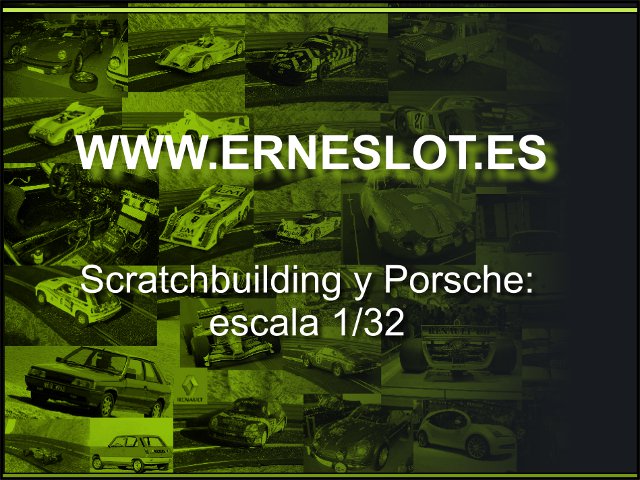
Before placing the taillights, I supplemented the area where they were placed with two pieces of evergreen of 0.5 mm. thick. The headlamps were simulated with two red led three millimeters in diameter and the exhaust pipe with two electrical terminals:
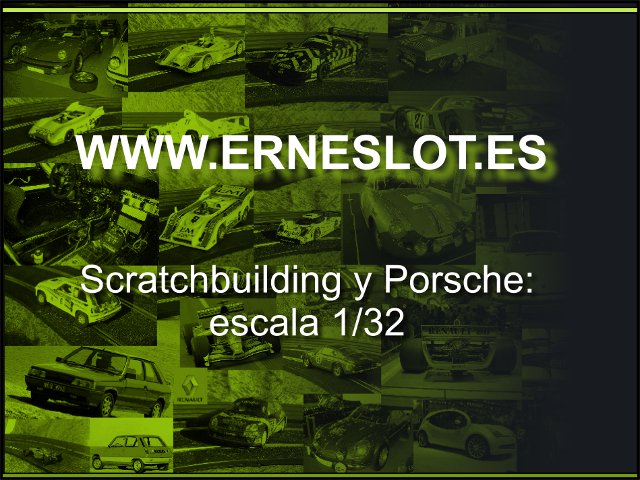
To end with the body, left only mark the headlights. I didn´t wanted to do them as the original model because it was so complicated, so I only marked them on the body, as if the headlights were covered with tulips of the same color as the body:
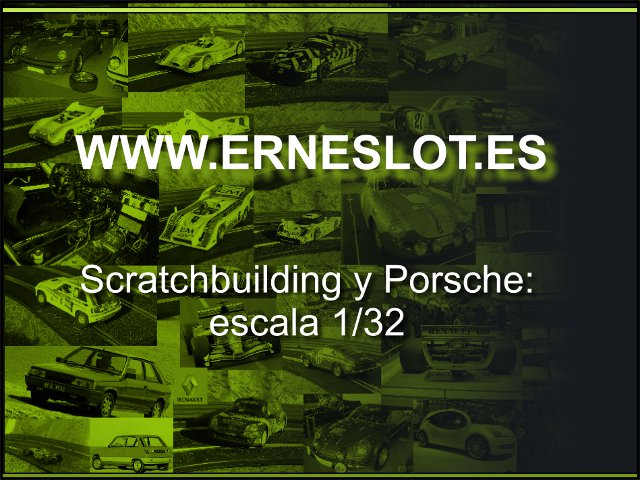
The bodywork was finished in the absence of the last coat of primer and some touches of putty and sandpaper.
I went to painting it, first gave t a coat of XF-16 gray metal Tamiya acrylic paint, and there appear defects in the body like mushrooms on a rainy autumn... So I had to fix them with more putty and sandpaper. I get the metallic purple color mixing the gray XF-16 with a little touch of purple X-26 and result a color very similar to the original car as you can see below:
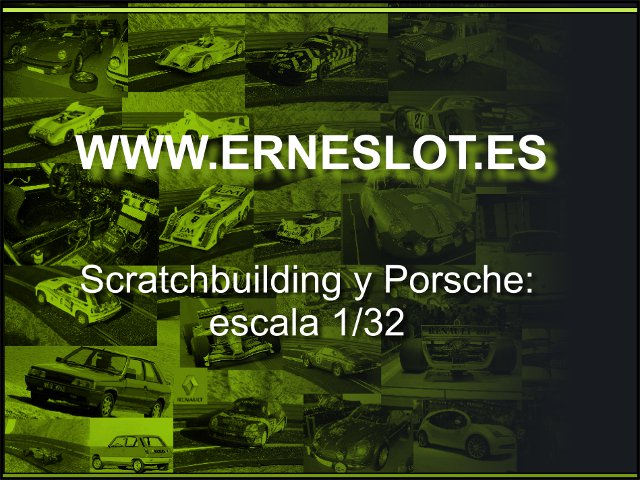
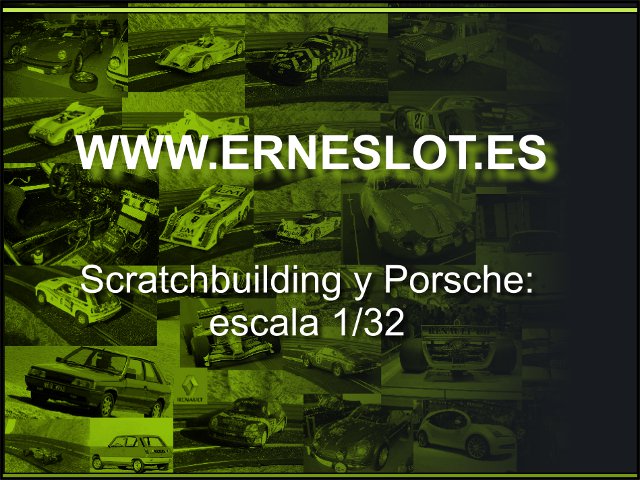
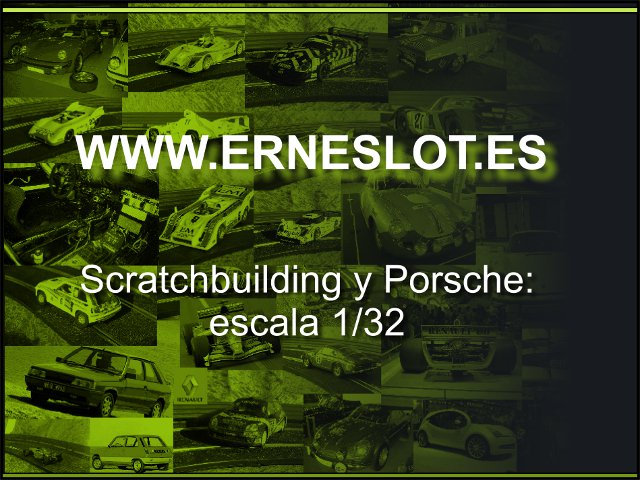
and if the gray color showed the defects, the purple one shouted them from the rooftops as seen in the previous photo ... so I fixed the failures with putty and sandpaper on all sides... fortunately I did enough to paint for another coat...
Since I had to sand back the car, took the opportunity to make a few modifications, one of them was to remove the gas cap, and the other to mark the door groves over the body, to give a bit more realism :

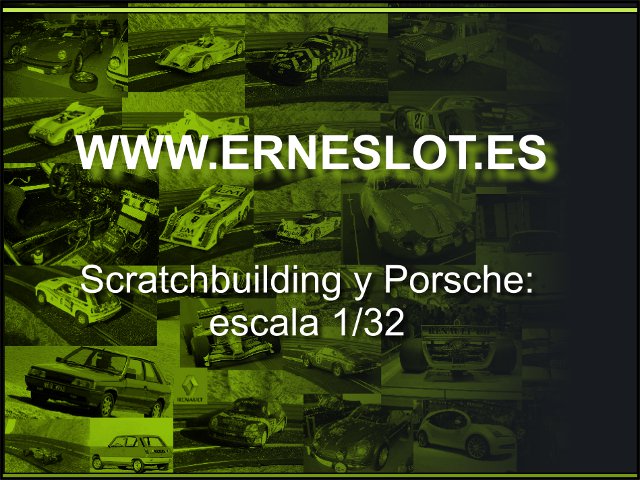
I also thought of making a heat-molded acetate dome from a magazine blister but it was a rather complicated task it and gave up the idea.
I tried to do the wheelrims starting from those who are set in the classic formula 1 Altaya / EXIN, making the holes with a minidrill and filing then to give the right shape to the spokes, but it was a huge job and the results were not the desired as can see here:

..so I went to the easy, and I bought the Fly Car Model Ford Mk II tires, that are very similar to the original model. All I did was cut the front tires to fit the wheel arch of the body, which is tiny...
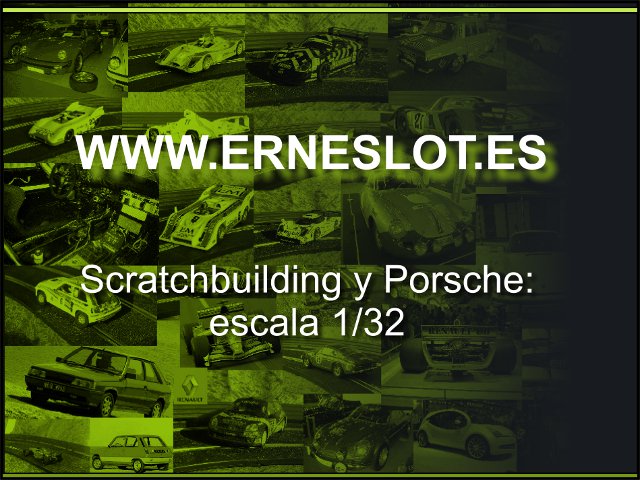
But the problems did not end here, is that, despite having watched the car 100 times, the front wheels touched with the wheel arch and rear as well .. But worse was that the chassis did not fit well with the bodywork:
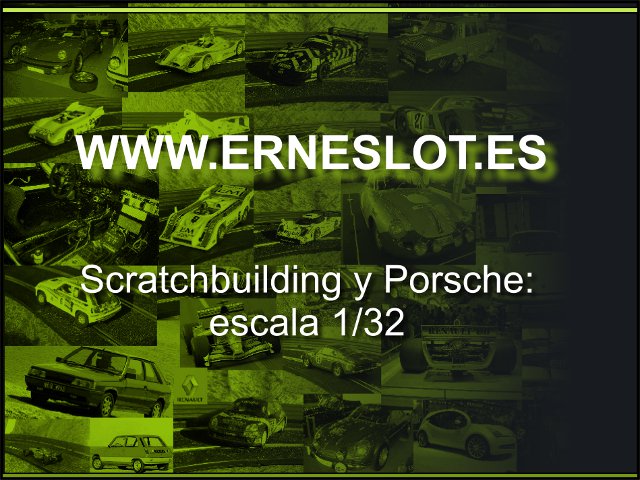
At that moment I saw it clear ... I had to modify the body (a little ..), although I had applied the definitive coat of paint, and the chassis, that it hurt me much because it was painted too and varnished ... It is "hard" to modify one work that seemed almost finished but I had no choice but... so I make a clean break
The body changes were minimal, a little touch up the rear wheelarch and a soft sanding in some places. The interior practically required no retouching, except modify anchoring lugs to the chassis, they were displaced one millimeter on the modified chassis.

Once painted and placed on their place:
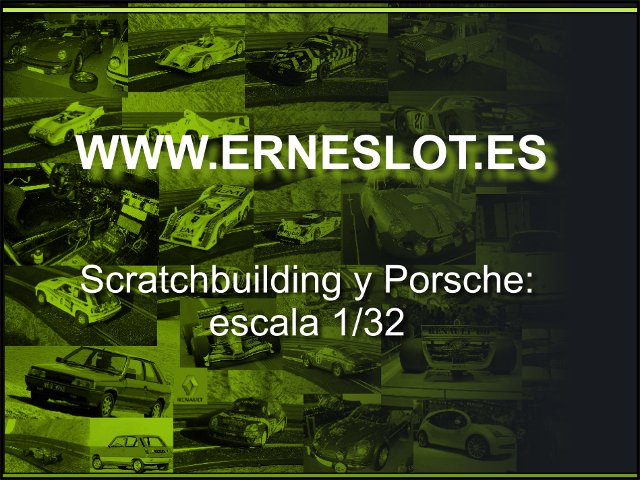
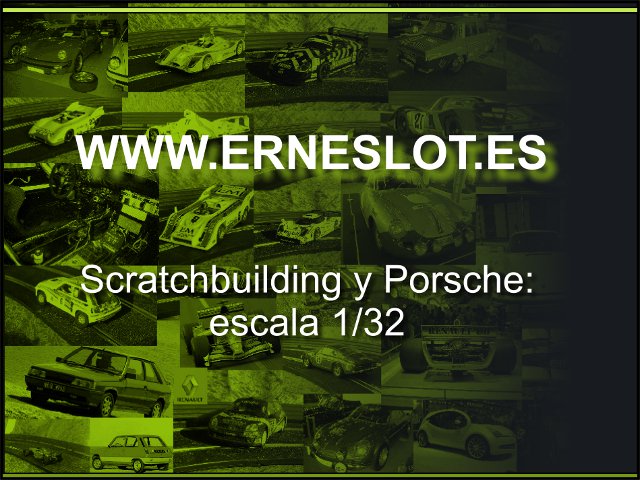
The pilot is a Cartix one suitably adapted, and details of the dashboard are painted with Vallejo acrylic paint. I probably retouch the steering wheel a little to make it a little lower. The body naturally I had to paint again, and it was even better than before. The details are painted black with Vallejo acrylic paint again and the decals are coming with the resin of the Ford 3L I have used. Not match the original decoration of the car but I like it. The mirror is one of those not used in adapting the model of the Lamborghini Countach (you can see it in this webpage). The metallic color is quite real and I achieved paintig it first with white enamel paint (Humbrol) and then with silver Edding indelible marker, is not as metallic as the models but very real, although the photos look a little matt.
The exhaust pipes are two electrical terminals and taillights are two red 3 mm diameter leds, which fit phenomenal .. To protect the paint two coats of varnish "Bosque Verde" and nothing else, I did not take more trouble with the Duplicolor bilayer varnish...
And the slot car completely built looks like this:
You see, a better planning about the car would have saved me a lot of work. And it is essential before starting a model to get the maximum documentation about the model in the form of photos, dimensions, etc... to help us when we do the work and to avoid unnecessary efforts.
| Chassis | Ford GT40 Fly, adapted |
| Wheelbase | 69 mm. |
| Dimensions (L x W x H) | 132 x 58 x 35 mm. |
| Weight | 77 gr. |
| Engine | Short box Mabuchi |
| Front tires | Fly Ford GT40, lowered |
| Rear tires | Fly Ford GT40 |
Fortnightly updates, new cars and more in www.erneslot.es



